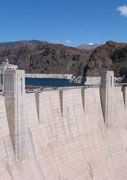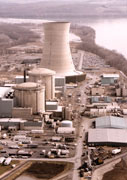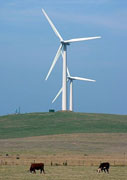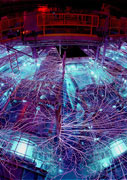Program on Science, Technology and Society at HarvardHarvard Kennedy School of Government | Harvard University |
||||||||
|
|

Imagination in Science and TechnologyScientists and engineers are key participants in propagating ideas about the nature, purposes, and social significance of their work. STS scholars refer to these collective visions as “technoscientific”—instead of scociotechnical—imaginaries. The imaginations of S&T professionals encompass both tacit and explicit assumptions about what gives science its moral and epistemic authority, as well as about what makes science worth pursuing. Key sources on “technoscientific imaginaries” include: 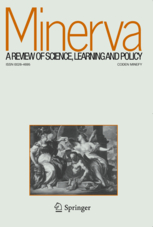
Michael Polanyi. 1962. “The Republic of Science,” Minerva 1:54-74. Full text available here. Likening scientific work to the self-coordinating “invisible hand” of the market, Polanyi strongly cautioned against centralized attempts to steer science. In characterizing how science works, Polanyi provided insights into his era’s dominant technoscientific imaginaries. “The Republic of Science is a Society of Explorers. Such a society strives towards an unknown future, which it believes to be accessible and worth achieving. In the case of scientists, the explorers strive towards a hidden reality, for the sake of intellectual satisfaction. And as they satisfy themselves, they enlighten all men and are thus helping society to fulfill its obligation towards intellectual self-improvement.”
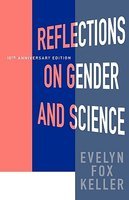
Evelyn Fox Keller. 1985. Reflections on Gender and Science. Yale University Press. In this seminal work on gender and science, Keller argues that images of sex and gender are built into conceptions of scientific knowledge-making. She illustrates the point at three historical moments: Plato’s dialogues, Francis Bacon’s writings on experiment, and the founding of Britain’s Royal Society. “What classically distinguishes knowledge is its essential thrust away from the body: its ambition is to transcend the carnal. Mind is not simply immanent in matter; it is transcendent over it. All visions of knowledge must accordingly struggle with the dialectic between immanence and transcendence. What is especially striking is how often the metaphoric field for this struggle is that of sex and gender, and. . . how deeply those metaphors have influenced the disciplines of knowledge.” (p. 18)
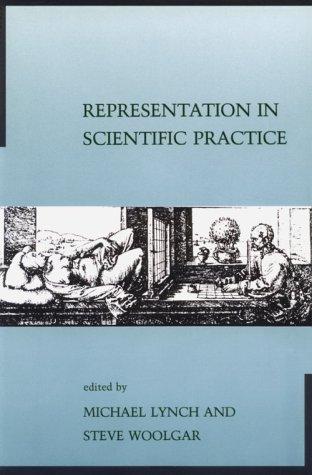
Bruno Latour. 1990. “Drawing Things Together,” in Michael Lynch and Steve Woolgar, eds., Representation in Scientific Practice. MIT Press. pp. 19-68. This influential work offers an account of what gives scientific representations their extraordinary mobility, so that they achieve universality while representing highly local particulars. It is the source of the much-discussed terms “immutable mobiles” and “centers of calculation.” While aiming to characterize science, Latour contributes to an imaginary of science’s relationship to politics, reinforcing distinctions between centers and peripheries. 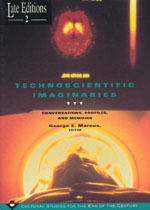
George E. Marcus, ed.. 1995. Technoscientific Imaginaries: Conversations, Profiles, and Memoirs. University of Chicago Press. Using conversations and dialogue as a basis for studying the fin-de-siècle predicament of scientists caught in processes of social change, the contributors explore the imaginaries of scientists doing work in unstable positions and locations that nevertheless enable varied forms of work. “[Scientists] are constantly trying to understand the present by borrowing from a cautiously imagined emergent future, filled with volatility, and uncertainty, but in which faith in the practices of technoscience become even more complexly and interestingly constructed in new locations of doing science.”

Kim Fortun and Michael Fortun. 2005. “Scientific Imaginaries and Ethical Plateaus in Contemporary U.S. Toxicology,” American Anthropologist 107:43-54. In this study of American toxicologists, Fortun and Fortun investigate how scientists “conduct, imagine, and enunciate” what the authors term “civic science”—a science ethically committed to human welfare. “‘Civic science’ is something that scientists think about and pursue through practical projects. In anthropological terms, it is the product of an ‘imaginary,’ in which different modes and products of sense making come together.”
|
|||||||
